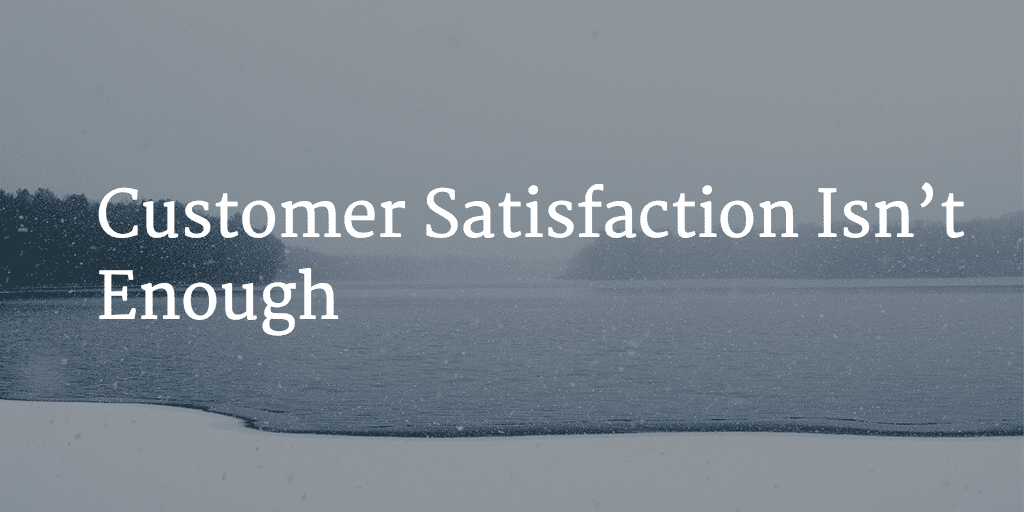I’m often asked what the best ways are to test whether you are satisfying customers, but I think those questions are actually misaligned with what we really should be focusing on.
Before I go on, I have to say that I still say things like “make the customer happy” (even though I wrote this article) and “improve customer satisfaction” even though I believe – and live daily – what I’m about to tell you.
And of course NPS – Net Promoter System – surveys and scores (which measures “customer satisfaction”) are a large part of how we measure and monitor our customers in the Customer Success world.
All that said, I still believe we’re asking the wrong question when we’re asking how to “test for customer satisfaction” and to really move everything forward, we need to focus beyond Customer Satisfaction to real, true Customer Success.
If Customer Success is all about being proactive – and it is – then reactively testing for Customer Satisfaction after the fact isn’t enough; we must be proactively measuring and monitoring for real Customer Success.
Here are some ways to move to this way of thinking…
Identify Desired Outcome
The first thing to do is understand what makes your customer successful – what their Desired Outcome is – and measure whether they are doing the things that lead to success.
Too many software or SaaS vendors focus on functional use of a product as an indicator, but that does not necessarily equal success. Completing the job to be done by the customer may not be when they actually become successful within the context of your product; it’s just when they completed a task.
Vendors tend to focus on tasks, functions, features and other “things” that the customer should do. And they tend to think the “why” the customer should do those things is to, well, do them. The real problem is that most vendors know they do this… they just forget or choose to ignore this way of thinking.
When this happens, your product has a success gap and that’s a big threat to your success as well.
Ultimately, we have to remember that…
Customers are Motivated by Their Success
Now, if you really seek to understand why the customer is doing a task – sharing a file, submitting a press release, filing a tax return – you’ll discover there’s a bigger motivation in their world. That motivation generally equates to the Desired Outcome – aka “success” – for the customer itself, and for the individual users within that customer.
Some examples of this are…
Sharing a File – Sharing a file is the function. Sending the client their final deliverable efficiently so I can invoice them and get paid faster is the motivation. The job to be done is sharing a file, but the reason for doing that job – the result; success – is something deeper and much more meaningful.
Submitting a Press Release – Submitting a document through a system in a certain format – is the job I’m doing. But I’m doing it not to simply submit a press release… but to get publicity for my company, product, launch, campaign, etc. If you can help me do THAT – which is what I’d consider success – and not just enable me to submit a properly formatted document – then we both win.
Filing a Tax Return – I have to do this… it’s the law. But success comes not by filing the tax return, but by filing it and feeling confident that everything was included that needed to be, that the format was correct, that the math was right, that the rules were correctly applied, and that the IRS got the return without incident.
Success in this case is a sense of relief that the return was filed properly. There are many ways to file a tax return… there are fewer ways to do it and feel good about the process. That’s the Desired Outcome in this context.
Understand what success is for your customers – what their Desired Outcome is in the context of your product in their life – and you both win.

